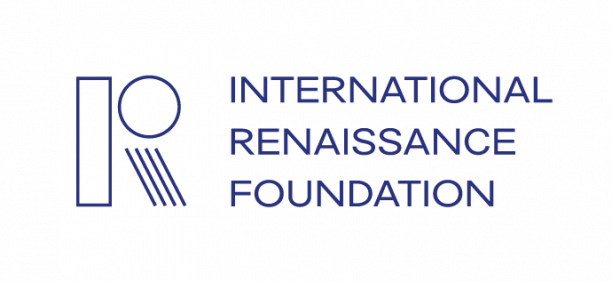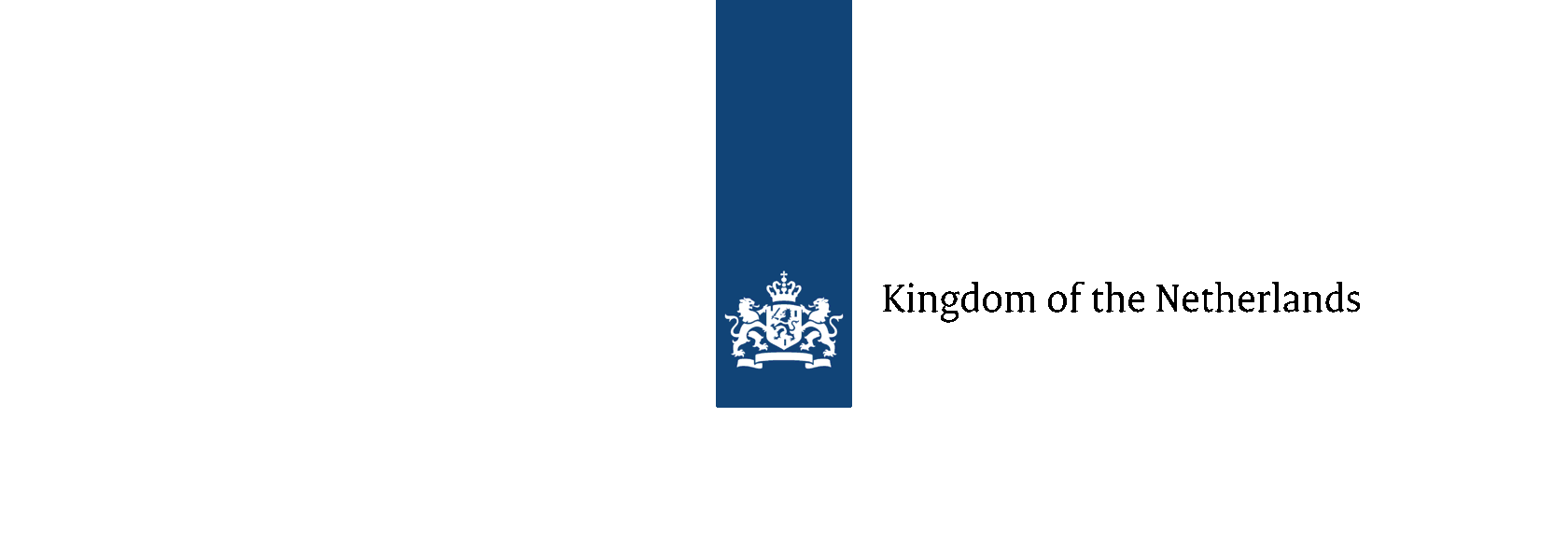FAILURES
OF THE HIGH COUNCIL OF JUSTICE
OF THE HIGH COUNCIL OF JUSTICE
One of the requirements of the Revolution of Dignity was a complete restart of the judicial system. This task was entrusted to the High Council of Justice (HCJ), which is the key institution the judicial system.
This institution makes the final decision regarding a judge's career, namely, appointment, bringing to responsibility, or dismissal. Although composition and name of this institution were changed by 100% after the Revolution, there were no qualitative changes in the work of the institution. Persons "trusted" by the government got there. In addition to political connections, there are some accusations of members of the High Council of Justice similar to accusations of judges who should be cleaned out of the system. The claims are following, not transparent assets, politically motivated decisions, unethical behaviour, etc.
Dishonest judges successfully pass qualification evaluations and win competitions to top judicial positions. Disciplinary complaints against notorious judges, as well as complaints filed by NGOs or whistleblowers have been ignored for years by the High Council of Justice. At the same time, complaints regarding judges who are known for an active public position are considered very quickly. They are often followed by disproportionate punishment on formal grounds.
The NGOs Automaidan, the DEJURE Foundation and the Anti-Corruption Action Center united and described key "failures" of the High Council of Justice, which indicate the inability of the current composition of the Council to fulfil their responsibilities.
It should be noted that the list of the High Council of Justice failures described below is not full and comprehensive. The project contains only the most outrageous and notorious examples of the bias of the current composition of the HCJ. The list of failures is regularly updated and expanded.
This institution makes the final decision regarding a judge's career, namely, appointment, bringing to responsibility, or dismissal. Although composition and name of this institution were changed by 100% after the Revolution, there were no qualitative changes in the work of the institution. Persons "trusted" by the government got there. In addition to political connections, there are some accusations of members of the High Council of Justice similar to accusations of judges who should be cleaned out of the system. The claims are following, not transparent assets, politically motivated decisions, unethical behaviour, etc.
Dishonest judges successfully pass qualification evaluations and win competitions to top judicial positions. Disciplinary complaints against notorious judges, as well as complaints filed by NGOs or whistleblowers have been ignored for years by the High Council of Justice. At the same time, complaints regarding judges who are known for an active public position are considered very quickly. They are often followed by disproportionate punishment on formal grounds.
The NGOs Automaidan, the DEJURE Foundation and the Anti-Corruption Action Center united and described key "failures" of the High Council of Justice, which indicate the inability of the current composition of the Council to fulfil their responsibilities.
It should be noted that the list of the High Council of Justice failures described below is not full and comprehensive. The project contains only the most outrageous and notorious examples of the bias of the current composition of the HCJ. The list of failures is regularly updated and expanded.
The role of the High Council of Justice (HCJ)
submits to the President proposals on the appointment of judges;
provides the consent on arrest or detention of a judge;
dismisses judges from office;
considers disciplinary complaints against judges;
disqualifies judges from the administration of justice, in particular, due to criminal prosecution;
considers notification of judges regarding interference with the administration of justice.
The list of failures
The HCJ covers judges of DACK who were suspected of committing crimes
Earlier, we wrote about how in 2019, the HCJ refused to remove judges of DACK, whom the NABU had suspected of crimes against justice. In 2020, the HCJ continued the practice of covering up for judges of the DACK and repeatedly publicly defended them.
What is the solution?
In our opinion, the reason for these failures
is the procedure of creation of the HCJ.
is the procedure of creation of the HCJ.

the HCJ consists of 21 members who are appointed for the period of 4 years without re-election

are selected by the Congress of Judges of Ukraine among judges (retired judges)

are selected by The President,
the Verkhovna Rada, the Congress of Representatives of Law Institutions and Scientific Institutions, the Congress of Advocates and the Conference of Prosecutors
(2 members each)
the Verkhovna Rada, the Congress of Representatives of Law Institutions and Scientific Institutions, the Congress of Advocates and the Conference of Prosecutors
(2 members each)

The head of the Supreme Court is the member of the HCJ ex officio
The only effective way to avoid the above-mentioned failures in future is to change the composition of the HCJ and approach of creating the Council.
We suggest changing the composition of the Council. It is needed to ensure that at least half of its members are representatives of the public sector whom the society trusts (human rights defenders, journalists, representatives of specialized NGOs) with the direct involvement of reputable foreign experts.
Without such changes, we will not see the quality upgrade and cleansing of the judicial system. And our country will be left without justice for ordinary people, risky for investors and the one where the rights cannot be protected.
We suggest changing the composition of the Council. It is needed to ensure that at least half of its members are representatives of the public sector whom the society trusts (human rights defenders, journalists, representatives of specialized NGOs) with the direct involvement of reputable foreign experts.
Without such changes, we will not see the quality upgrade and cleansing of the judicial system. And our country will be left without justice for ordinary people, risky for investors and the one where the rights cannot be protected.
The Failures of the High Council of Justice project was prepared together by the DEJURE Foundation, NGO Automaidan, and the Anti-Corruption Action Center with the financial support of the National Endowment for Democracy and Embassy of the Kingdom of the Netherlands in Ukraine within the frameworks of the Matra Programme.
English version of the project was prepared in the framework of the think tank development initiative in Ukraine, implemented by the International Renaissance Foundation in partnership with the Open Society Initiative for Europe (OSIFE) with the financial support of the Swedish Embassy in Ukraine.
Thoughts and opinions expressed in this project are those of the authors. They do not necessarily reflect the position of the Swedish Embassy in Ukraine, the International Renaissance Foundation, and the Open Society Initiative for Europe (OSIFE).
English version of the project was prepared in the framework of the think tank development initiative in Ukraine, implemented by the International Renaissance Foundation in partnership with the Open Society Initiative for Europe (OSIFE) with the financial support of the Swedish Embassy in Ukraine.
Thoughts and opinions expressed in this project are those of the authors. They do not necessarily reflect the position of the Swedish Embassy in Ukraine, the International Renaissance Foundation, and the Open Society Initiative for Europe (OSIFE).







